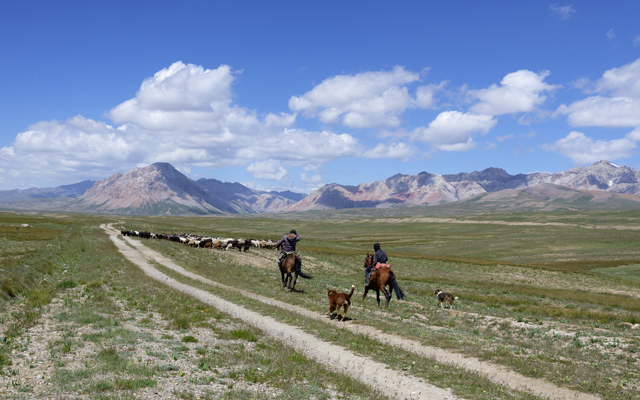The new Understanding and Quantifying Mountain Tourism report released by United Nations agencies, Food and Agriculture Organization of the United Nations (FAO), World Tourism Organization (UNWTO) and Mountain Partnership (MP), has laid out the economic, social and environmental impacts of mountain tourism.
Mountains are home to around 1.1 billion people, some of them among the poorest and most isolated in the world, but they also present a wide variety of tourism possibilities. According to an earlier 2021 Mountain tourism – Towards a more sustainable path report, published by UNWTO and FAO, mountains could offer winter and sports tourism, walking tourism, adventure and sports activities, rural tourism, natural and cultural heritage, spiritual tourism, and wellness tourism.

Asia-Pacific, which contains the highest peaks in the world, has strong mountain tourism development potential. The Hindu Kush Himalayan region is known as the Third Pole due to its masses of ice and snow and encompasses mountain ranges in Afghanistan, Bangladesh, Bhutan, China, India, Myanmar, Nepal and Pakistan. Central Asia’s mountains extend across Kazakhstan, the Kyrgyz Republic, the Republic of Tajikistan, Turkmenistan and the Republic of Uzbekistan, where the majority of mountain communities make a living from agriculture, including pastoralism and forestry. Six mountains in South-east Asia and the Pacific are particularly rich in biodiversity. Indonesia and the Pacific Islands are recognised for the presence of many active volcanoes that attract large numbers of visitors each year.
However, in 2019, the most recent year for which figures are available, the 10 most mountainous countries (in terms of average height above sea level) received only eight per cent of international tourist arrivals worldwide, noted Understanding and Quantifying Mountain Tourism.
Managed sustainably, mountain tourism has the potential to boost the incomes of local communities and help preserve their natural resources and culture. And, according to FAO, UNWTO and MP, measuring the volume of visitors to mountains represents the first vital step towards unlocking the potential of the sector.
“With the right data, we can better control the dispersal of visitor flows, support adequate planning, improve knowledge on visitor patterns, build sustainable products in line with consumer needs, and create suitable policies that will foster sustainable development and make sure tourism activities benefit local communities,” FAO director-general Qu Dongyu and UNWTO secretary-general Zurab Pololikashvili stated.
The study, which was based around research carried out in 46 countries, shows that generating economic benefits, creating opportunities for local communities, and developing sustainable products are the main motivations for mountain tourism development.
The sustainable development of mountain tourism was also identified as a means to help to spread tourism flows, tackle seasonality and complement existing tourist offerings.
Through the report, FAO, UNWTO and MP highlight the importance of collective efforts, involving public and private stakeholders from across the value chain, to improve data collection, standardisation and delivery to gain a more comprehensive assessment of mountain tourism in terms of volumes and impacts, so that it can be better understood and developed to align with the Sustainable Development Goals.
The report also calls for concerted work to help raise awareness of the socio-economic importance of tourism in mountains and targeted policies to create jobs, support small and medium sized businesses and attract green investments in infrastructure and the digitalisation of tourism services.
Its publication coincides with the end of the International Year of Sustainable Mountain Development 2022.




















